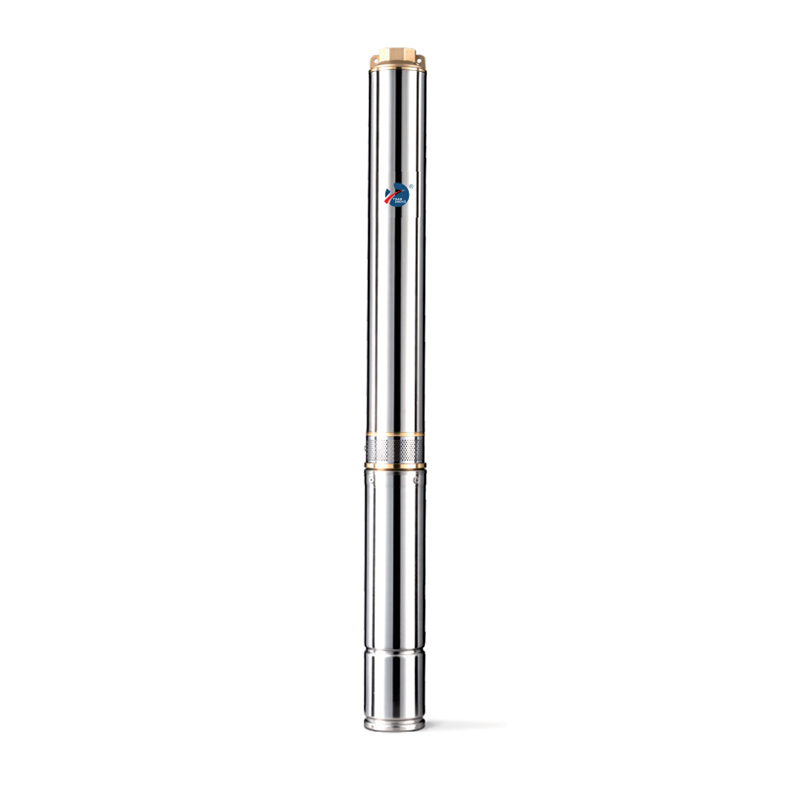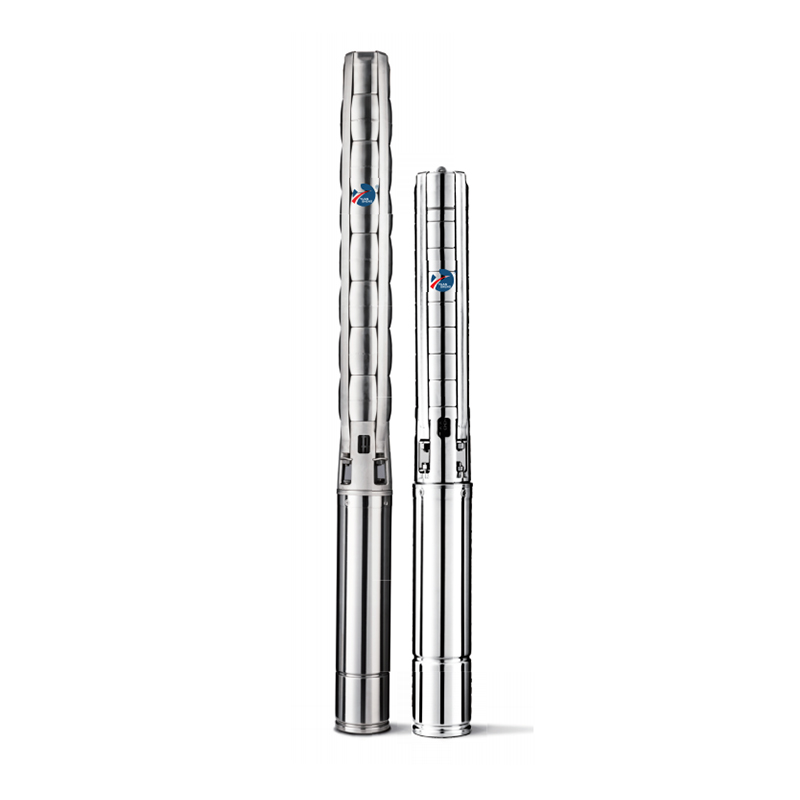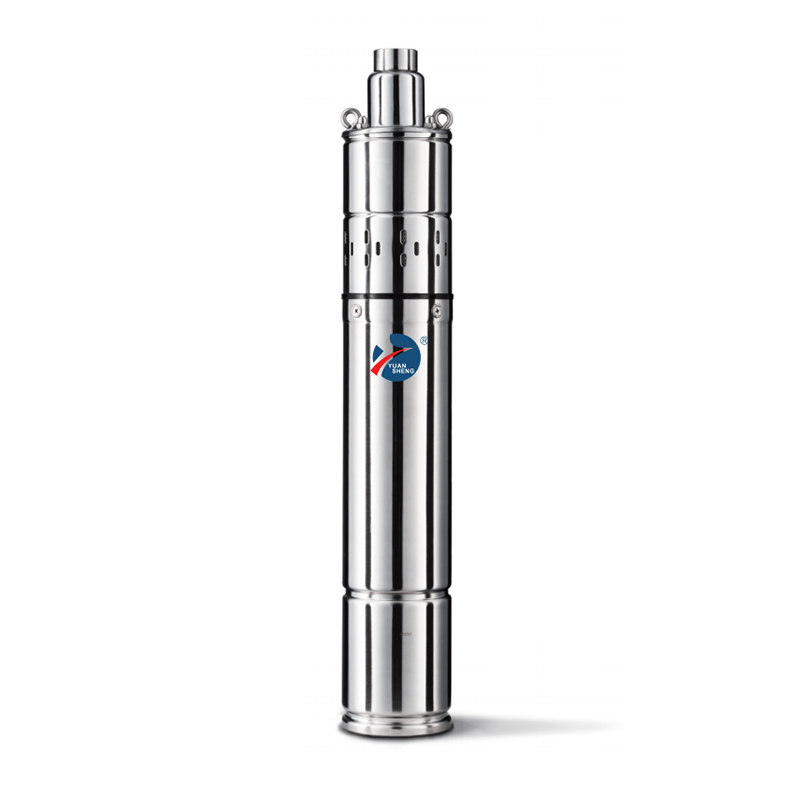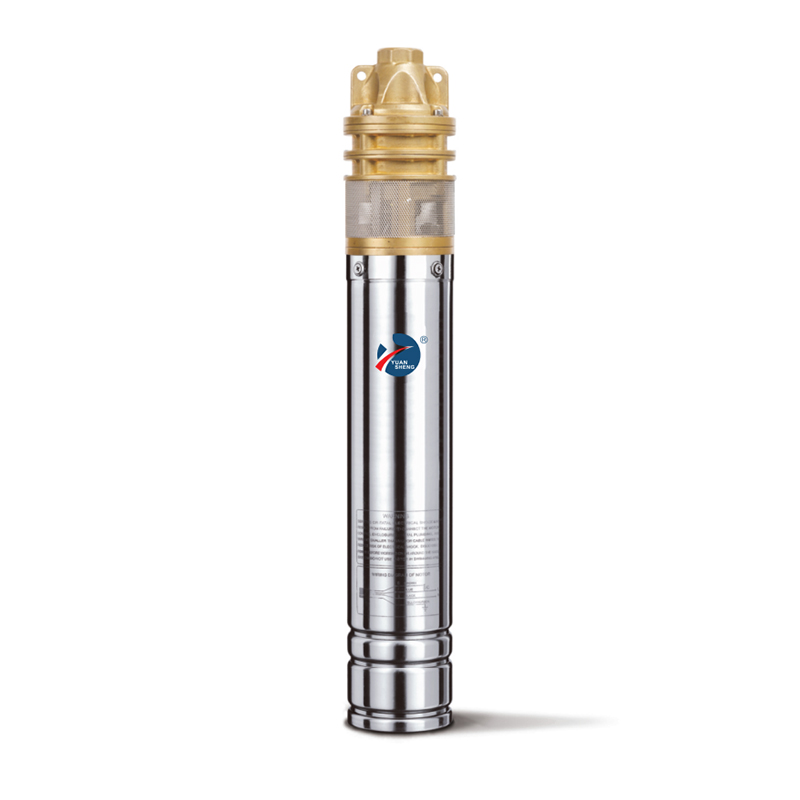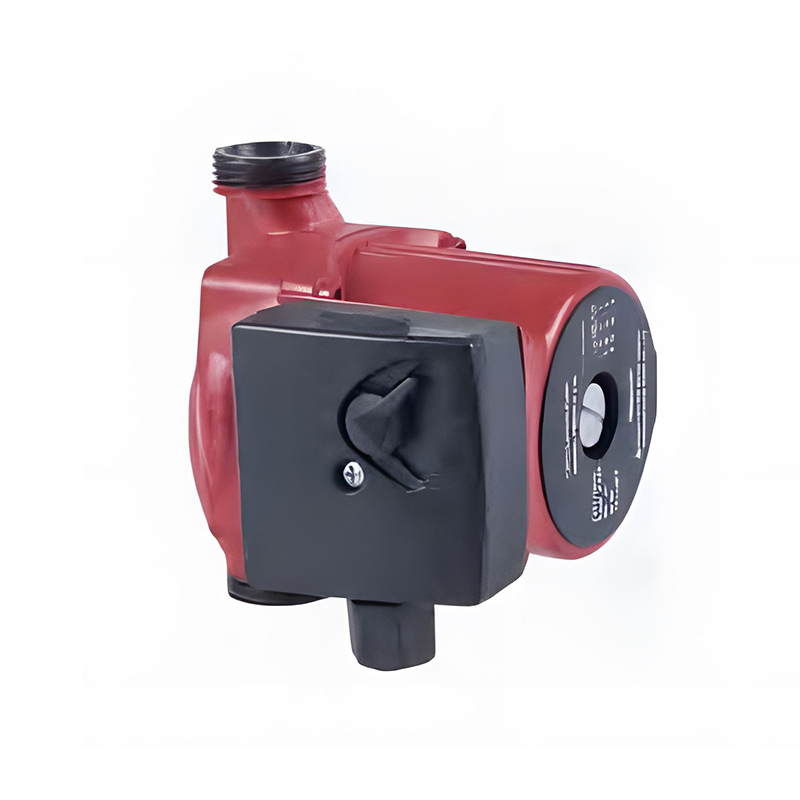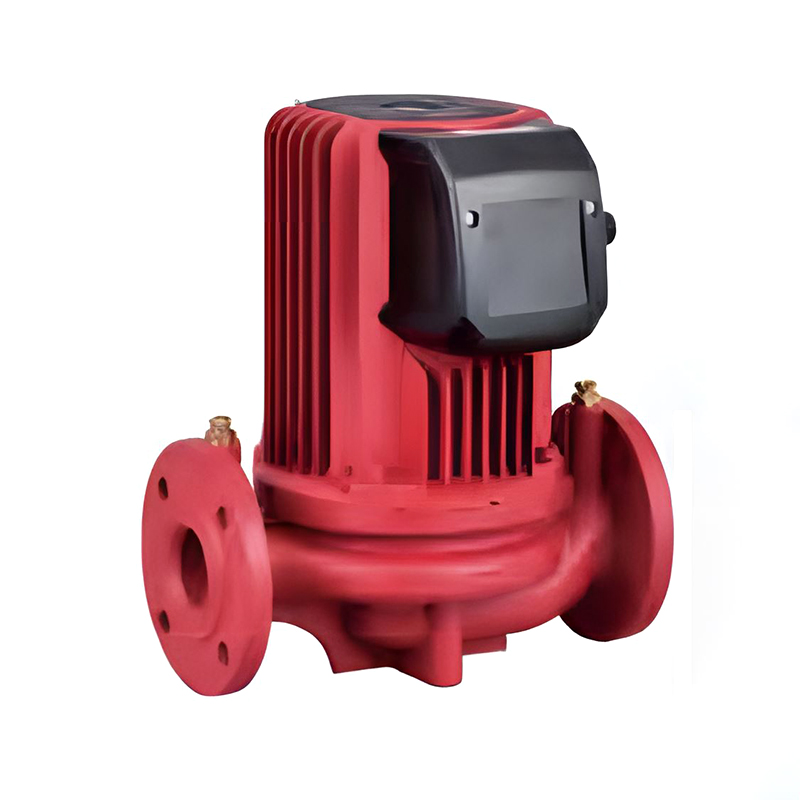In the realm of water treatment and aeration technology, the float type aerator has emerged as a highly efficient and reliable solution for oxygenating water bodies. Whether used in wastewater treatment plants, fish farms, or decorative ponds, the float type aerator offers a versatile and effective means of enhancing water quality and promoting healthy aquatic environments. Understanding the functionality and benefits of float type aerators can provide valuable insights into their importance in modern water management systems.
The float type aerator is a specialized device designed to introduce oxygen into water bodies by creating fine bubbles that rise to the surface. This process, known as aeration, is crucial for maintaining water quality and supporting aquatic life. Unlike traditional aerators that are fixed to the bottom of a water body, float type aerators are suspended on the water's surface, supported by buoyant floats. This design allows for easy installation and maintenance, making them an ideal choice for a variety of applications.
One of the primary advantages of the float type aerator is its efficiency in oxygen transfer. By creating fine bubbles, these aerators maximize the surface area of contact between air and water, ensuring that a significant amount of oxygen is dissolved into the water. This is particularly important in wastewater treatment, where adequate oxygen levels are essential for the biological processes that break down organic matter. The float type aerator's ability to maintain high oxygen levels helps to accelerate these processes, improving the overall efficiency of the treatment system.
Float type aerators are also highly effective in promoting water circulation. By generating a strong upward flow of water, they help to mix the water column, preventing stratification and ensuring that oxygen is distributed evenly throughout the water body. This is crucial for maintaining a healthy environment in fish farms and ponds, where stagnant water can lead to the buildup of harmful substances and poor water quality. The circulation created by float type aerators helps to keep the water fresh and oxygen-rich, supporting the health and well-being of aquatic life.
Another significant benefit of float type aerators is their ease of installation and maintenance. Unlike submerged aerators, which require complex anchoring systems and regular underwater maintenance, float type aerators are easy to install and access. Their surface-mounted design allows for quick and convenient maintenance, reducing downtime and operational costs. This makes them an attractive option for both small-scale and large-scale water management systems.
Safety is also a key consideration when using float type aerators. These devices are designed to operate safely in various water conditions, ensuring that they do not pose a risk to aquatic life or human operators. Many modern float type aerators come with safety features such as automatic shut-off mechanisms and anti-slip surfaces, further enhancing their reliability and user-friendliness.
Innovations in float type aerator technology have led to the development of even more efficient and advanced models. Some modern aerators now feature adjustable flow rates and programmable timers, allowing users to optimize oxygen levels based on specific needs. Others incorporate energy-efficient motors and advanced bubble generation systems, further enhancing their performance and sustainability.
The float type aerator is a highly efficient and versatile solution for oxygenating water bodies. Its ability to maximize oxygen transfer, promote water circulation, and ensure easy installation and maintenance makes it an invaluable tool in modern water management systems. Whether used in wastewater treatment, fish farming, or decorative ponds, the float type aerator offers a reliable and effective means of enhancing water quality and supporting healthy aquatic environments. As technology continues to advance, we can expect even more innovative and efficient float type aerators to emerge, further enhancing their capabilities and applications.
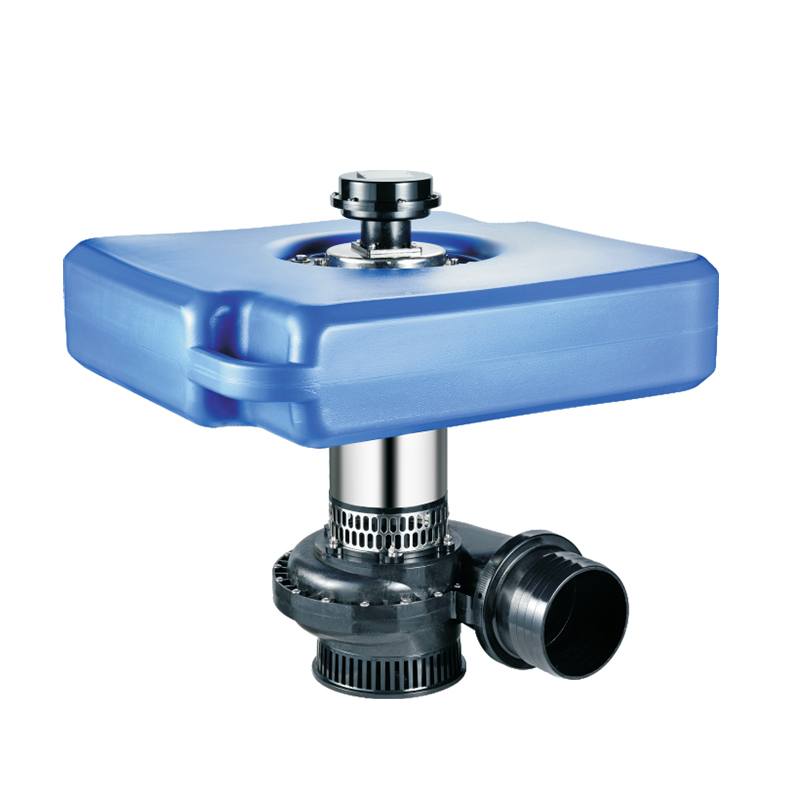


 English
English 中文简体
中文简体 عربى
عربى